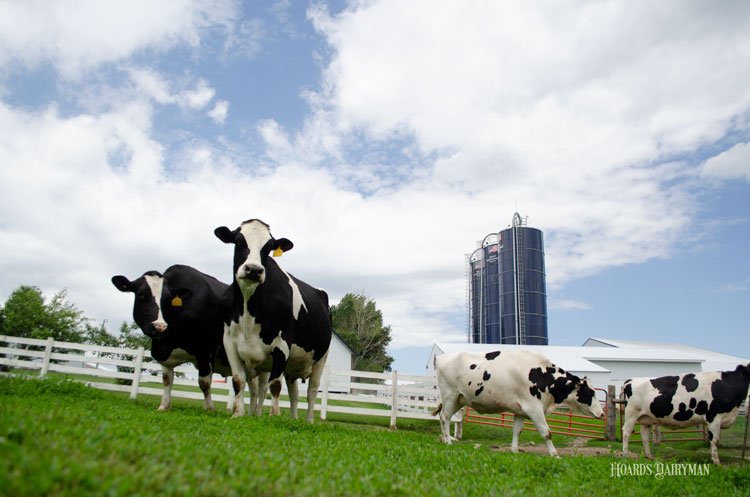
Although final year-end milk production and dairy farm numbers are not yet in, 2019 predictably is shaping up to virtually zero growth in milk production. USDA numbers released summarizing the first nine months of 2019 show the bulk of milk production losses being felt by those regions that have seen the greatest consolidation in recent decades.
In total, 33 states have lost milk production through September’s reporting period. That was led by Hawaii and Alaska that dropped 89 and 27 percent, respectively. The Southeast also saw big drops in milk output, with yields in seven of the 12 states that make up that region down in production compared to last year. The region as a whole is 6.3 percent behind its production level from 2018.
Other regions were more varied with portions of the Midwest and Northeast growing or not changing. The West has primarily witnessed growth in milk production in the first three-quarters of the year, with only six states west of the Mississippi River dropping in production.
More milk for the top 10
Among the top 10 milk production states, eight states (California, Wisconsin, Idaho, New York, Texas, Michigan, Minnesota, and Washington) are on pace to top milk production levels from 2018. Only two, Pennsylvania and New Mexico, have reduced milk production, off 6 and 2 percent respectively.
That being said, no state has grown milk production by more than 7 percent. Texas leads the way at 6.5 percent ahead of last year’s total, followed by Colorado (5.2 percent) and South Dakota (3.5 percent).
The data through 2019 thus far clearly plays into the consolidation narrative that has become evident in dairy in the past several years. As margins become tighter, these areas that have fewer dairies are likely to continue hemorrhaging farms. Stay tuned as 2019 concludes and final milk production and herd numbers are tallied.








